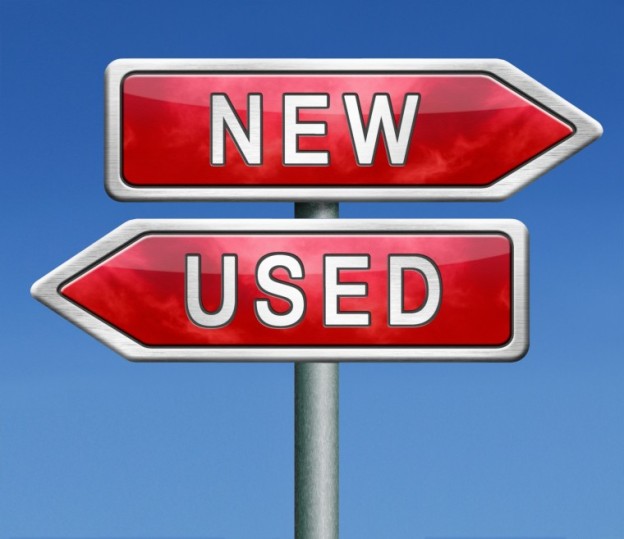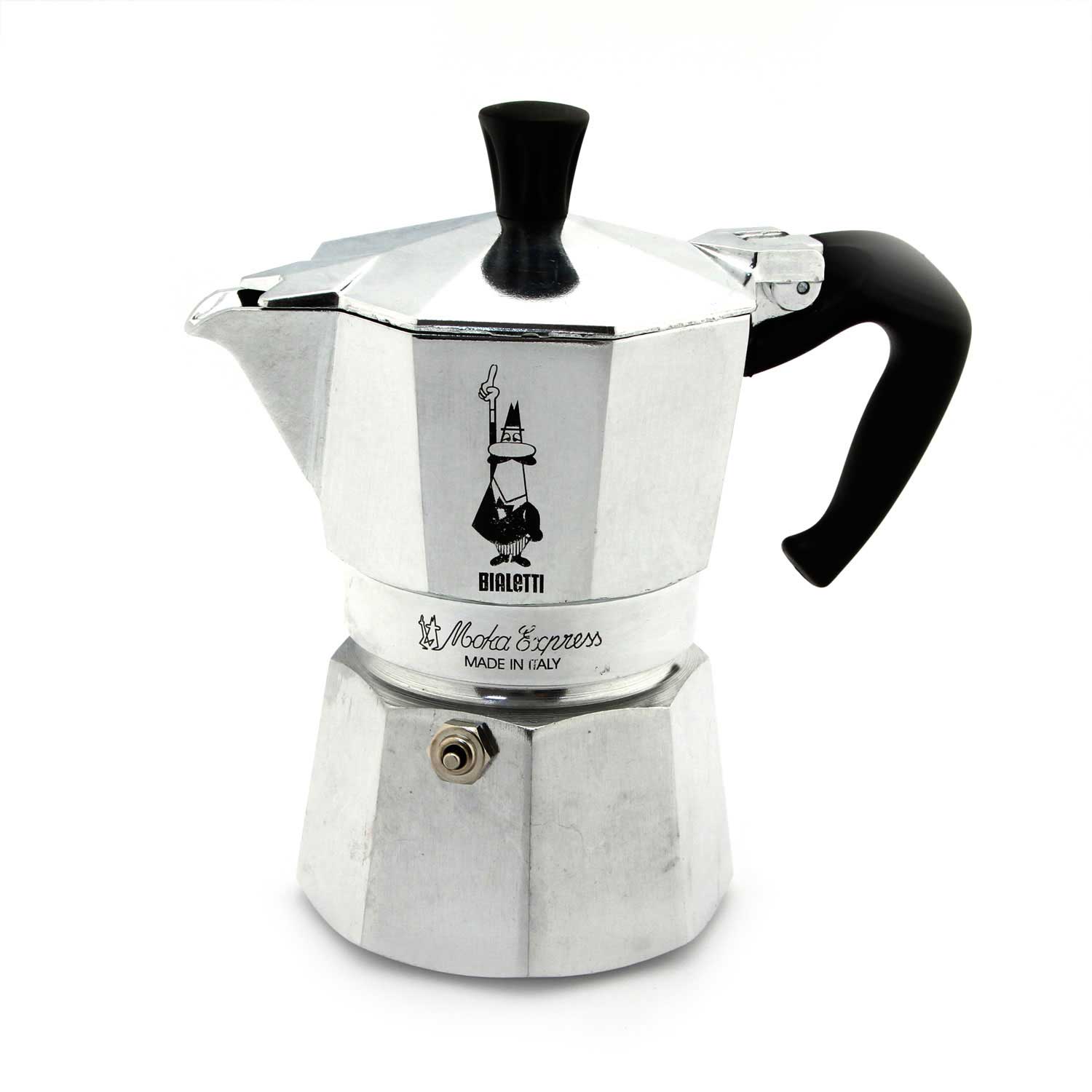Buying a standard coffee maker is complicated enough, but buying an espresso machine is even more complicated. But if you’re ready to dive into the world of home espresso brewing, finding the right machine is crucial.
While there are quite a few different types of espresso makers, semi-automatic and fully-automatic machines are the most popular. But what’s the difference between the two, and how does each one work?
Semi-Automatic Espresso Machines
Semi-automatic machines were invented in the 1940s by Gaggia, an Italian barista. It’s user-friendly and convenient, which is something its predecessor (the Piston-style brewer) couldn’t offer.
These machines have an electric pump, which generates a guaranteed 8-9 bars of pressure – the optimal range for brewing espresso. Like its name suggests, you’ll still have to do a little bit of work before you can start brewing. You’ll still need to grind and tamp the coffee, so it fits properly into the portafilter. But once you attach the portafilter, the machine will take over and continue the brewing process.
Semi-automatic machines are what I personally have the most experience with. They’re the most popular type of home brewing machine and tend to be the most affordable option. Plus, they also give you the option of brewing tea or café Americanos.
Fully-Automatic Espresso Machines
Fully-automatic machines are very similar to semi-automatic machines. The only real difference between the two is that fully-automatic machines are a one-touch brewing system. Simply turn it on, and the machine will control the volume of water pushed through the coffee grounds. Once the pre-determined amount of espresso is brewed, the machine will stop automatically.
A fully-automatic machine is a great option for multitaskers. If you plan on doing other things while you’re brewing your coffee, this might be the right option for you.
Fully-automatic machines are used in commercial coffee shops because they free up the barista’s hands, allowing them to prepare multiple drinks at once.
As far as quality is concerned, fully- and semi-automatic machines are right on par with each other. The one advantage semi-automatic machines have is that they’re more affordable. Selection of fully-automatic machines for home brewing is also limited.
Aside from semi- and fully-automatic espresso machines, you’ll also find super-automatic. These brewers take it one step further by adding in a burr grinder. With just one touch of a button, the machine will grind the beans and brew up a fresh cup of fresh, delicious espresso. Of course, you also have the option of choosing between other drinks (sometimes dozens), such as cappuccino, latte and macchiato.
In short, semi-automatic machines take a lot of the guesswork out of brewing espresso. Simply grind the beans, tamp and attach the portafilter. The machine takes care of the rest. Fully-automatic machines take it one step further by automatically controlling the volume of water pushed through the grounds.
While fully- and super-automatic machines are really convenient, they come at much higher prices than semi-automatic machines. If you have the budget, the added convenience may be worth the extra price. But for the average espresso-lover, a semi-automatic machine is a smart option.




